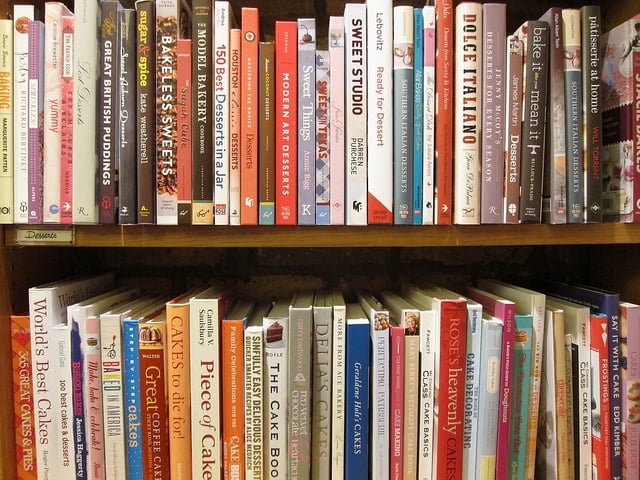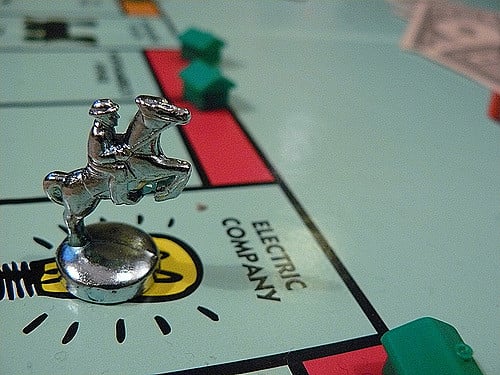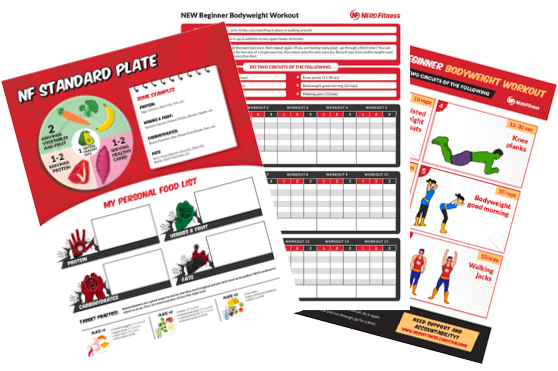
This is a recipe from NF Rebel Chef Noel.
I don’t know about you, but I have never liked reading the instructions for board games. The tutorials at the beginnings of video games bore me to death. When I play a game, I go basic. No fancy moves, no secret codes, and no strategy guides. I figure it out as I go.
I suppose you could say that this is why I’m also not very good at games.
But something has recently begun to change my mind. I attended a game night at a friend’s house, and they told me to go read the instructions for the game we were about to play. They wouldn’t tell me the rules, no, they made me read (the horror!). And when we played, I still didn’t win, but I was far better than I usually was. I could even see how I would be a force to be reckoned with if we played again.
I imagine a lot of you are like me and games when it comes to cooking. It’s not fun. You don’t enjoy it. You tried it once or twice, but you’ve lost interest.
The instructions for a game feel tedious to me, and I wouldn’t blame you if recipes feel tedious for you.
The recipe for a dish is not only the basic instructions, but it’s also a sheet of cheat codes for the cook. So today, we’re going to learn how to use a recipe to your advantage.
Basic knowledge

1. Follow the order. When setting up your workspace and prepping ingredients, make sure you pay attention to the order. Keeping your ingredients in order will make following each step in the moment super easy!
When I was a kid, my cousin taught me how to make chocolate chip cookies. He also taught me that the order of the ingredients list is the order in which you add your ingredients. Until then, I thought the ingredients list was just a jumbled mess… or ordered alphabetically… or by size or type of ingredient. I honestly couldn’t make sense of the order.
Just knowing that the ingredients are written in a specific order made cooking way less intimidating for middle-school aged me. (At the grocery store? Try following our ingredient organizing tips here.)
2. Grab a pen (and paper). Write down your list of ingredients (in order!) and check them off as you’re cooking. This is especially helpful if you’re making something new or if it has an extensive list of ingredients. This will keep you from forgetting an ingredient, adding a wrong ingredient, or adding something twice – especially if you like to watch tv or have dance parties while cooking. Plus, you get the good feels for having “done” stuff. Trust me, it can help motivate you.
3. Respect the comma. With the exception of you grammar nerds out there, most of us feel like commas are a pain in the butt. But in recipes. commas have a very specific meaning. Generally, commas in recipes are important when written after an ingredient. For example:
“1/4 cup cashews, chopped”
Means you put your whole cashews in a measuring cup, dump them onto your cutting board, then chop them up. This is different than:
“1/4 cup chopped cashews”
No comma means you chop those suckers BEFORE measuring them.
Why does this matter? Whole nuts (or similar ingredients) take up more space in a measuring cup. This means you’re actually putting less of these ingredients into your dish. Sometimes, this can make a big difference.
You know how ice takes up a lot more space than water? Same thing.
4. Measure the ingredients correctly.
There are a million reasons why we might measure something incorrectly. Today I’m going to cover two: equipment and technique.
Sometimes recipes have measurements in weights and volume instead of cups and spoons. Some folks prefer cooking by weight so that they don’t have to wash all the measuring cups and spoons. BUT if you don’t have a food scale, I’m gonna stop you right there. Go get a scale before you make that recipe (especially if you’re baking). I know you probably learned how to convert measurements in high school science classes, but people make mistakes and recipes don’t always convert perfectly.
For non-scale recipes, dry ingredients are measured in nesting measuring cups or measuring spoons.
When measuring dry ingredients, scoop your ingredient into the cup (or spoon) either by dipping the measuring cup into the dry ingredient and scooping with the cup itself or by using a spoon and filling the cup – if you’re using a larger measuring cup, often the cup won’t fit into the package. Fill the cup until it is slightly OVER full. Then scrape a straight edge (like the back side of a butter knife) across the top of the cup to take off the excess. This ensures that your dry measurements are accurate.
Stuff like peanut butter, almond butter, and quicksand is measured in these cups too. Spoon the ingredient into the cup and push it down into the cup to get any air bubbles out. Then spoon in some more until over full and again, scrape the top so that the ingredient is even with the edge of the cup.
Liquids can be measured in those dry nesting cups too (the measurement doesn’t change), but that can get messy. You’ll need to fill that dry measuring cup all the way to the top to get an accurate measurement, which means that you’ll probably also spill it all over the counter. This is where liquid measuring cups come in. Liquid measuring cups have enough space at the top of the cup for you to accurately measure something without spilling it everywhere, and they’re usually made of clear plastic, glass, or pyrex so you can actually see the measuring lines and therefore measure accurately.
5. Read the frickin’ recipe. Seriously. READ IT. That’s right. This is a no-brainer, but you’d be surprised at how many people don’t do this. I’ve even been guilty of this myself.
You might be missing a piece of equipment or food. You might have an idea for an additional ingredient to make the meal even better before you go to the store. There might be some unexpected steps and long prep times that mean you need to start a little earlier than you thought to eat when you want.
Don’t just read the title. Read the whole dang recipe BEFORE you cook the thing.
Bonus tip: Know the recipe author. Once you know how an author writes and what their food tastes like, you’ll know if they make their recipes too spicy, salty, sweet, etc. for your tastes (not to mention you’ll learn about the accuracy of their measurements). Trust YOUR taste buds, not theirs. Sure, you may not be publishing recipes – but you have your own preferences and allowing yourself to be in charge will help you grow in the kitchen.
The more you know

Using a recipe is a super basic, super easy skill that every cook can learn and should master. Remember that there are “standard” recipe rules (many of the things discussed above). If you’re ever not sure, it’s a safe bet to follow the standard rules.
You regular readers of NF recipes may notice that many of our recipes aren’t in the “standard” format, and that’s okay. We’ve put them in NF format with tons of pictures and (sometimes overly) detailed instructions to make things easier for folks who are completely new to the kitchen. But knowing what these standards are will help you follow recipes outside of Nerd Fitness.
This article is part of a series to help arm you with the basic tools and knowledge you need to dominate in the kitchen.
- What are some things you’d like to learn to do in the kitchen?
- What are some basic skills you think every cook should know how to do?
Newbies, chime in with what you’d like to see. Experienced cooks, what are the first few things you would teach someone new?
-Noel
###
Photos: iluvgadgets: Board Game, Sela Yair: Books for Cooks, Mike_fleming, Monopoly


